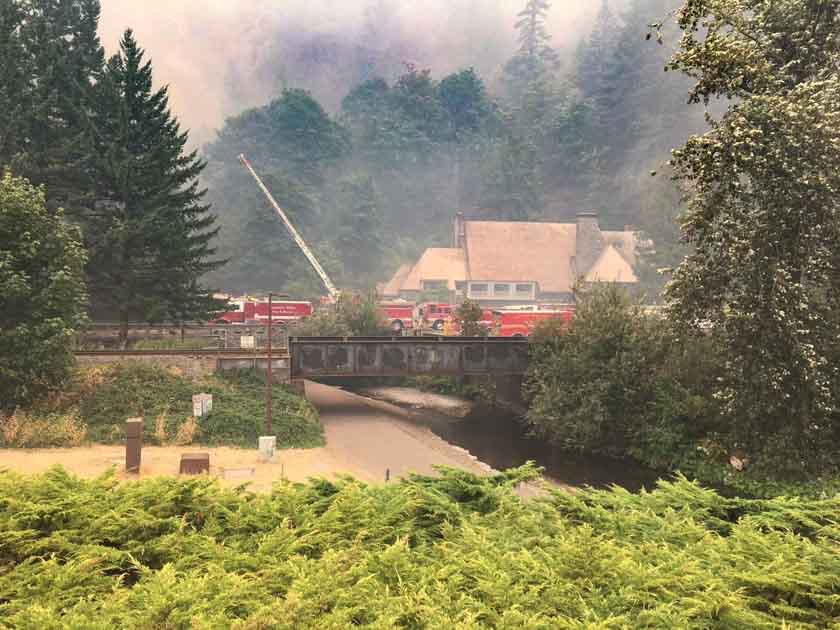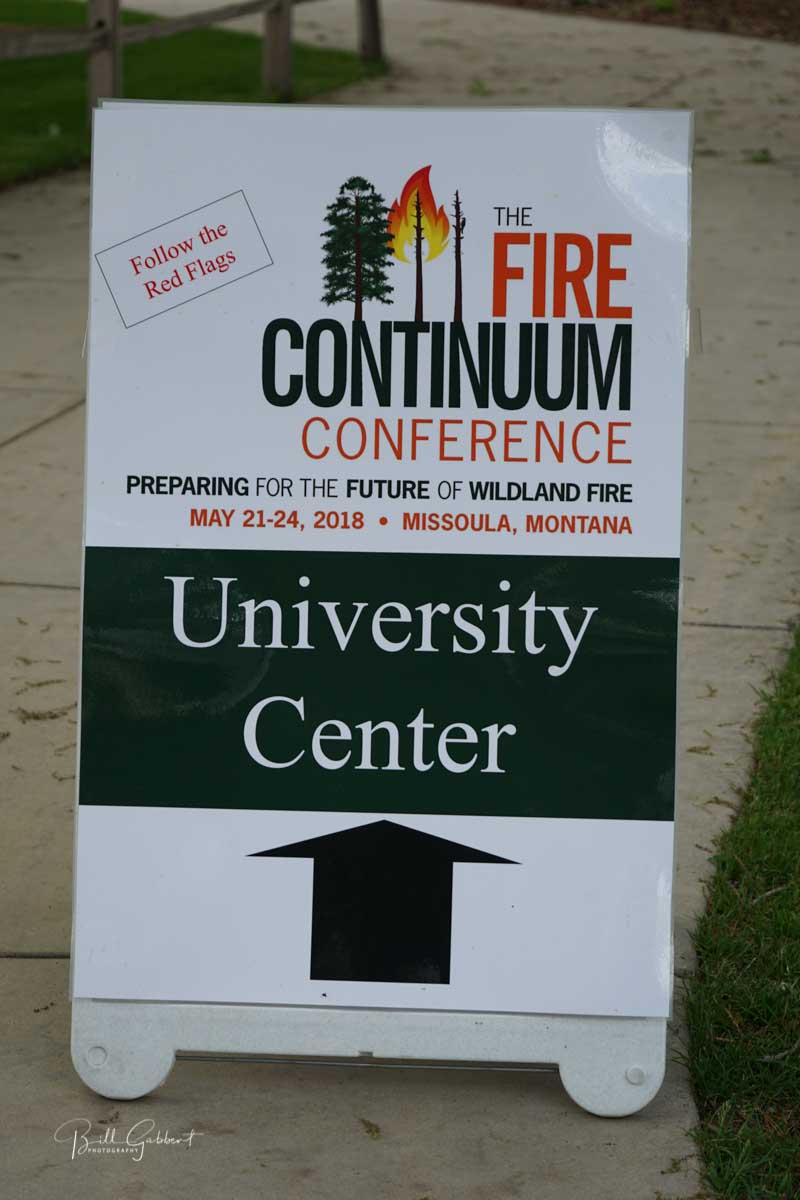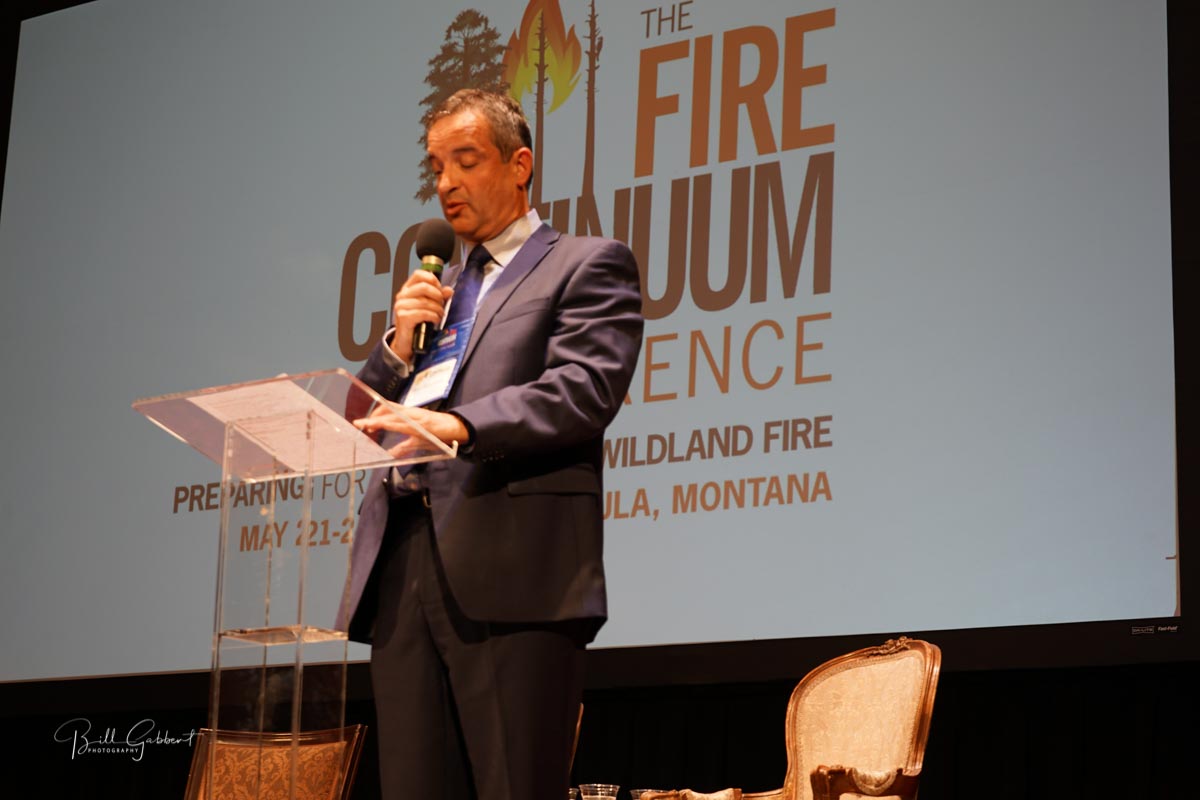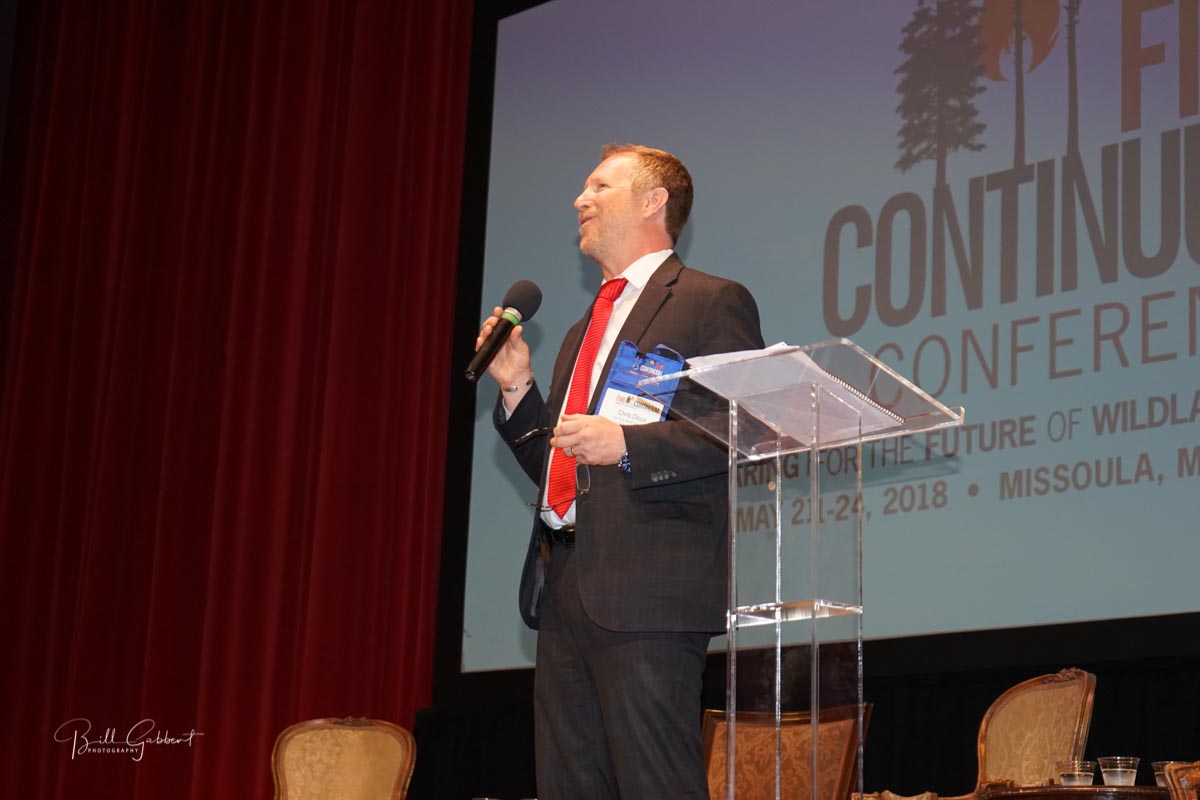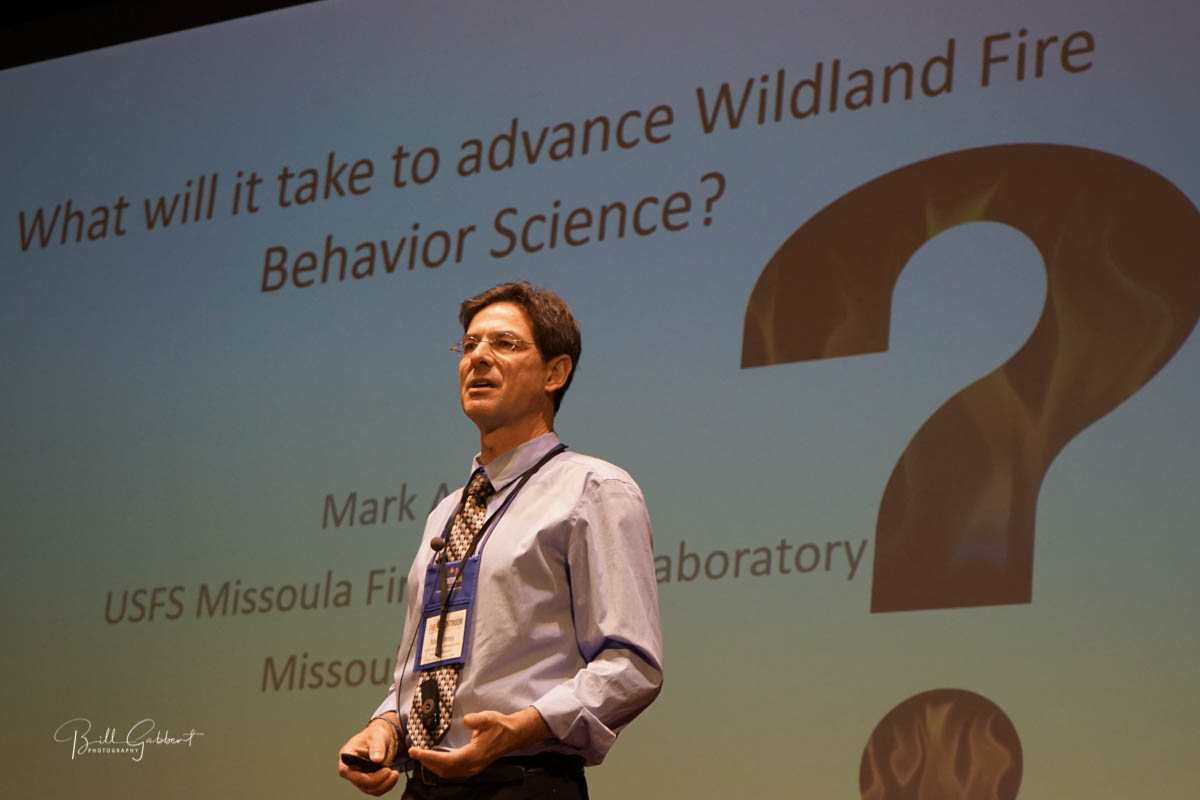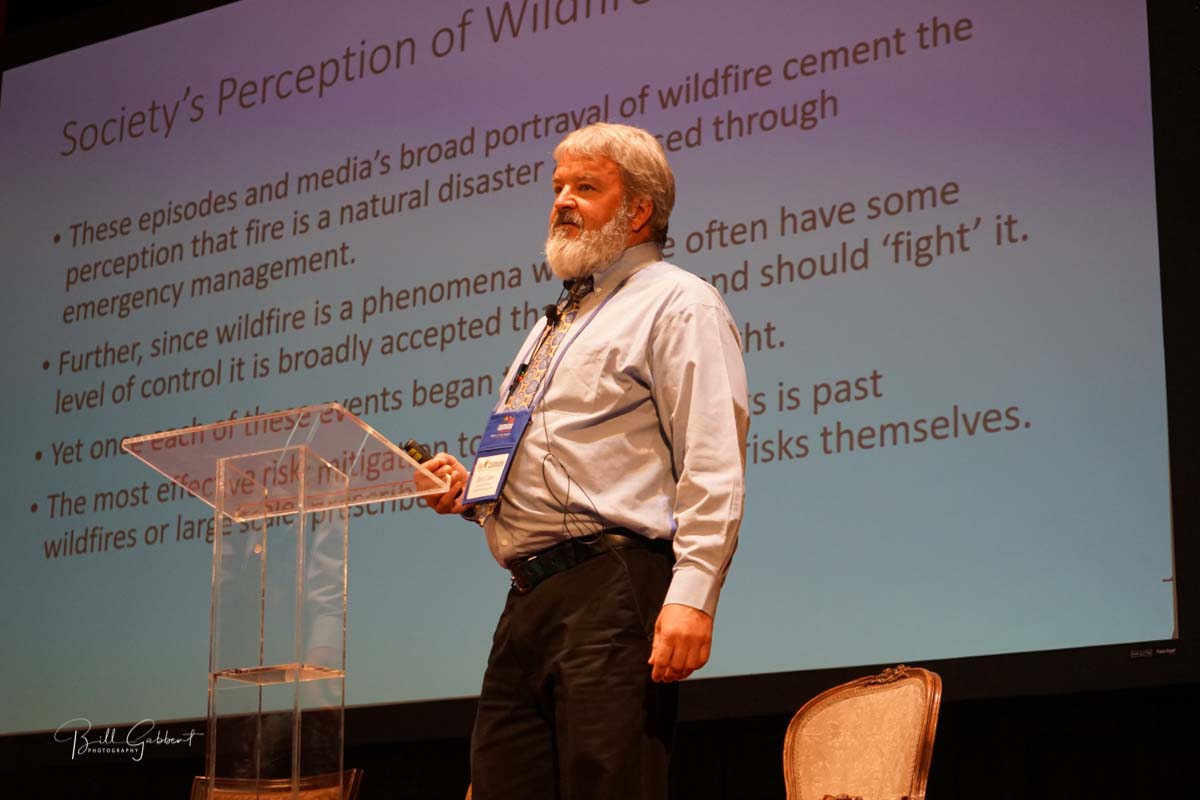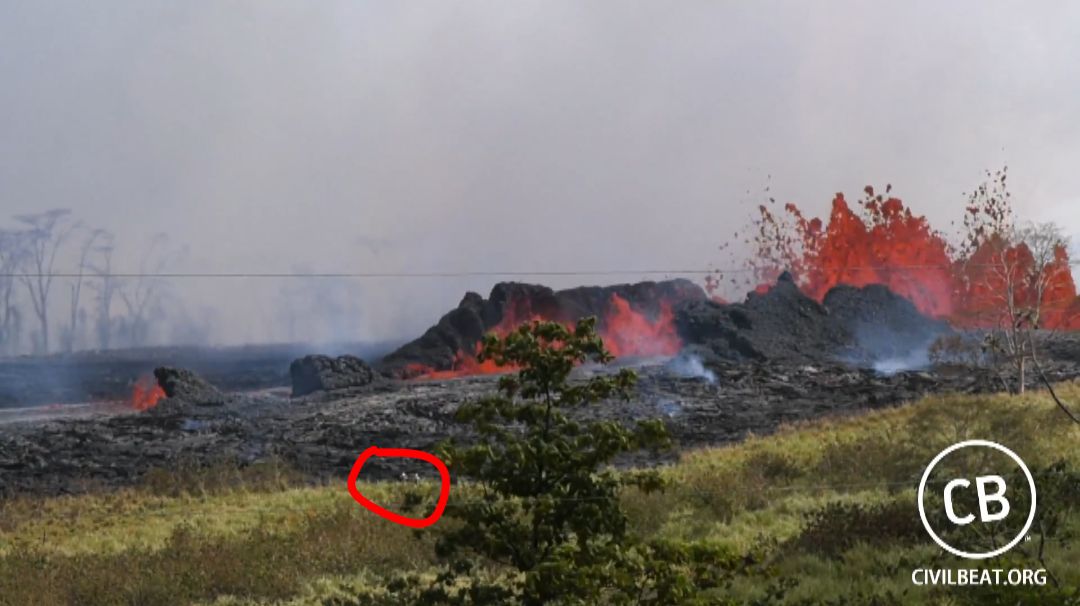Above: Blue flames can be visible when vegetation buried by hot lava produces methane which vents and is then ignited. Screenshot from USGS video.
What’s happening on Hawaii’s big island as the eruption of the Kilauea volcano enters its fourth week seems like it is from another world — huge mounds of red-hot lava rumbling in slow motion over homes and forests as it makes it to the sea. Where it enters the cold water it produces what is called “laze,” hydrochloric acid steam that pours into the air along with fine particles of glass. Laze can cause lung, eye, and skin irritation and caused the deaths of two people in 2000.
Since it is the wet season in Hawaii brush fires caused by the eruption are not a big concern, but the lava finds a way to burn the vegetation regardless. The USGS explains:
When hot lava buries plants and shrubs, methane gas is produced as a byproduct of burning vegetation. Methane gas can seep into subsurface voids and explode when heated, or as shown in this video, emerge from cracks in the ground several feet away from the lava. When ignited, the methane produces a blue flame. Intermittent short bursts of methane are visible in the center area of the video. Lava fountaining is visible to the right and left sides of the video.




